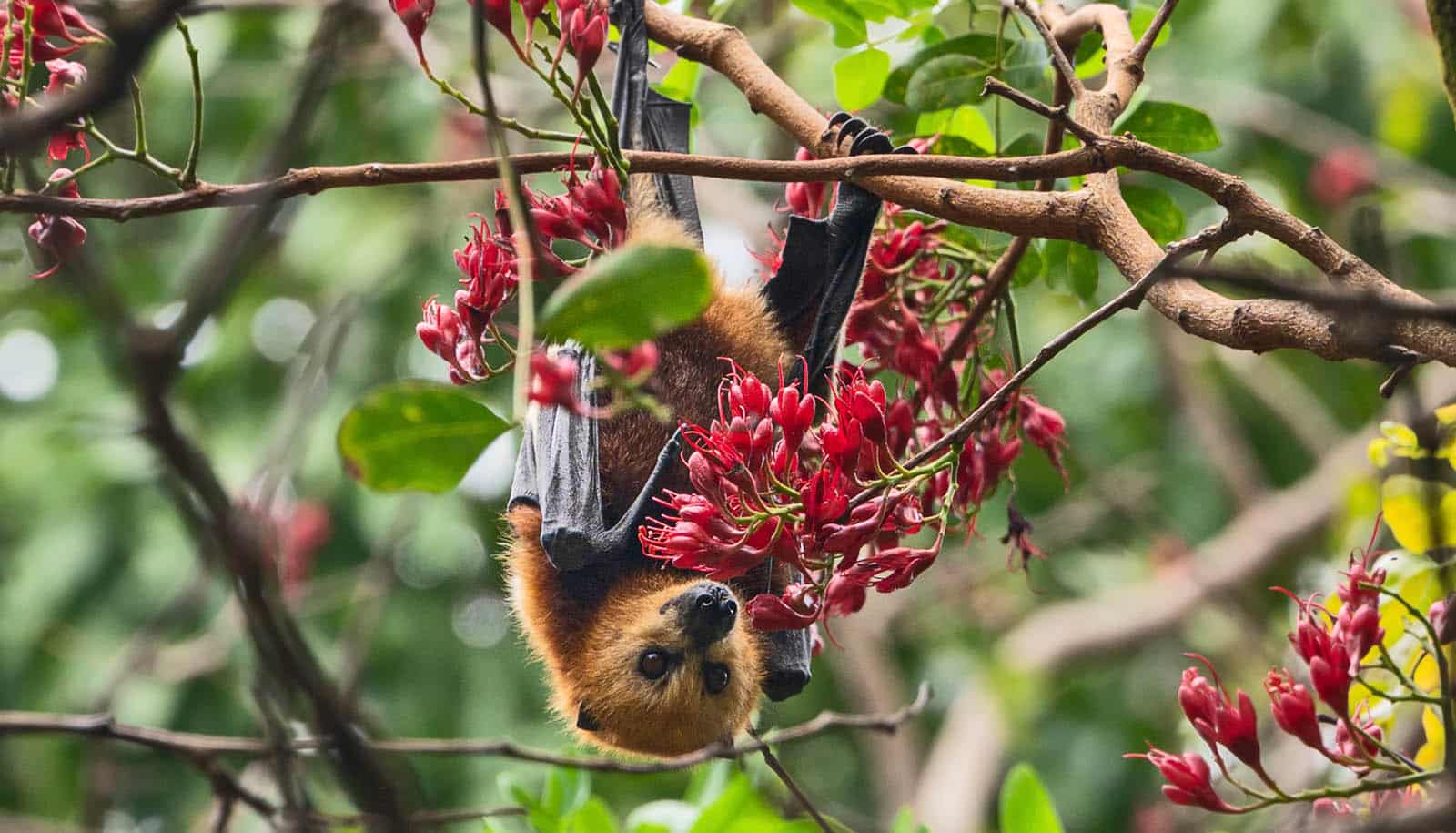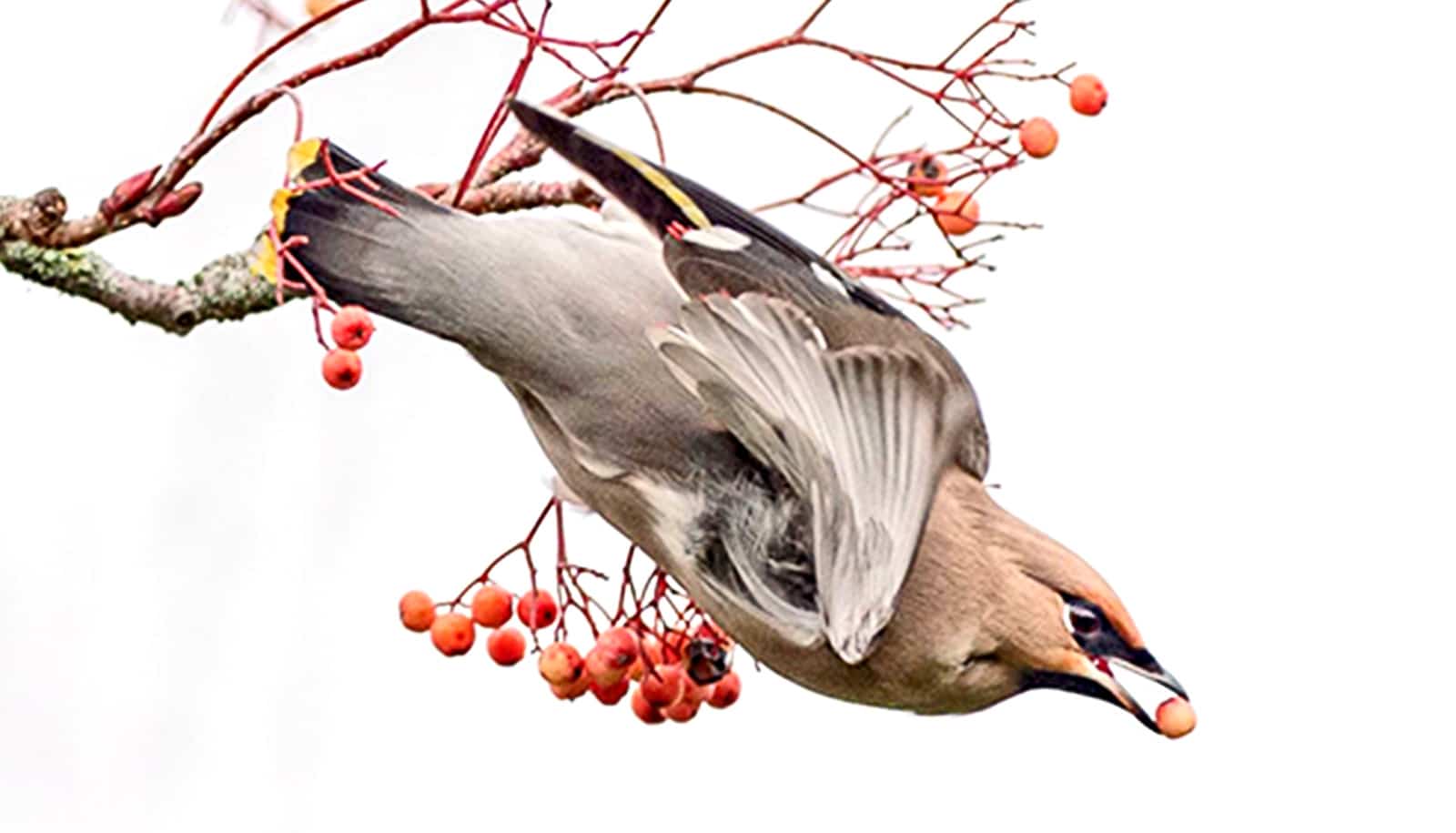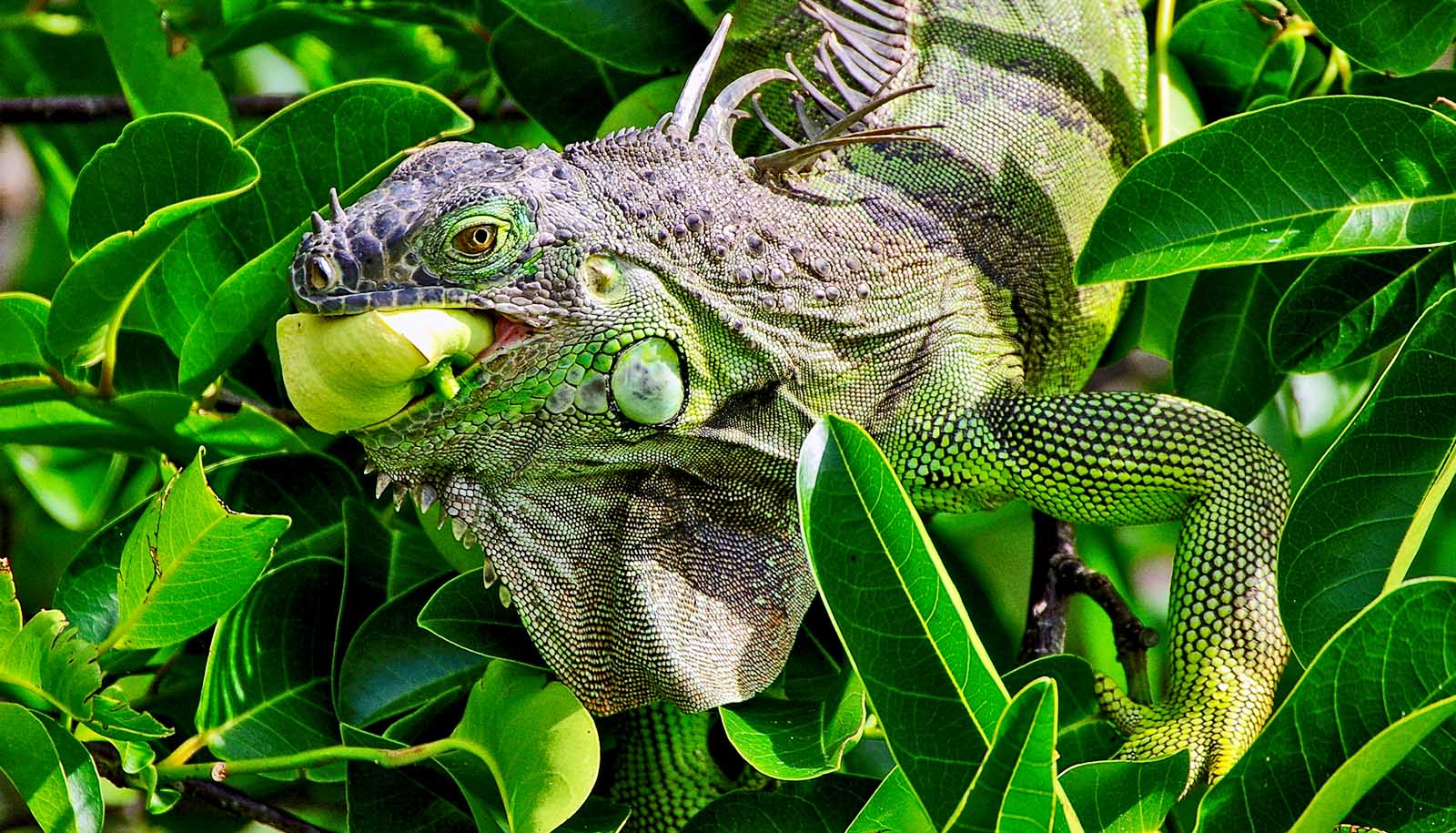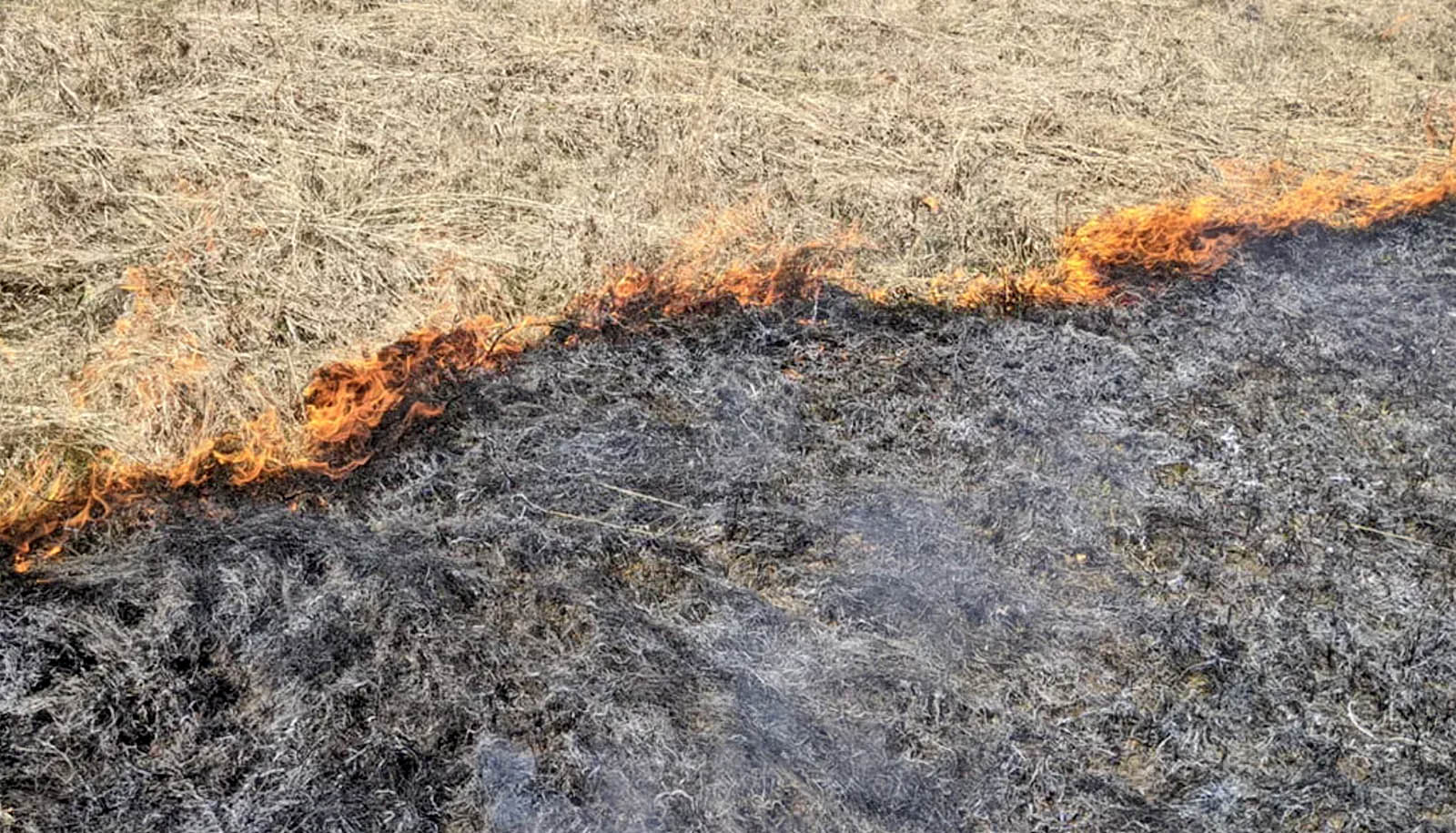Non-native animals can’t replace the originals on the island of Mauritius, research finds.
If the extinction of the many plants and animals on Mauritius continues, the flourishing nature and diverse animals may dwindle to very few. They are part of a particularly sensitive ecosystem where animals help plants spread their seeds. If the animals disappear or are replaced by other species, the seeds will not spread in the same way as before, according to the study in Nature Communications.
“Many plants, especially on tropical islands like Mauritius, rely on animals to help spread their seeds. If the animals that can help spread the seeds become extinct, the plants get into trouble because the animals which humans have brought to the island destroy the seeds instead. This increases the risk of the plants that are still on the island dying out,” says first author Julia Heinen, postdoctoral researcher at the University of Copenhagen’s Center for Macroecology, Evolution, and Climate at Globe Institute.
If the plants die, the fruits growing on them will also disappear from the island. And this in turn creates new problems for the island’s own small ecosystem, because the animal species that feed on the fruits will also have problems.
“…on Mauritius we can prevent the loss of the native plants if we stop culling the flying foxes…”
Probably the most famous Mauritian bird that no longer exists is a dodo. It was last seen on the island in the 1600s. And it is nowhere else.
The same fate has befallen other of the island’s special plants and animals such as giant tortoises. And even though new animals have come to the island, they will not have the same characteristics as, for example, the dodo and giant tortoises, says Julia Heinen.
“After the dodo and other Mauritian animals have become extinct, other animals have come to the island. They have either come with the people or they have found their way to the island themselves. But they cannot replace the function of extinct animals in the ecosystem,” she says.
This is because they do not quite behave in the same way as the animals that no longer live on the island.
“Now there are rats, pigs, monkeys, and some other types of birds. And they actually eat the same fruits, but they handle them in a different way, and it doesn’t have a positive effect on the plants,” she says.
“If we remove one species from the island, for example the dodo, we destroy the connection to others. It’s like a house of cards. Then the plants that were eaten by the dodo and other animals in Mauritius will also be at risk of extinction.”
It all started about 400 years ago when people came sailing to the island in their boats. On the ships they had uninvited guests.
“Rats are a big problem when they arrive on an island. They hide on the ships with the humans, so when the humans came to the island, the rats were there. The rats eat and destroy seeds, but they are also fond of birds’ eggs,” says Heinen.
In this way, since humans came to the island, the rats have helped destroy the small ecosystem. But there are still animals and plants that keep the ecosystem going. One of them is a special bat.
“The Mauritian fruit bat is a very unique and endangered animal that plays a vital role in the ecosystem because it is one of the few remaining animals that can disperse the plants over the island. But the authorities are actively killing the bats because they are noisy and eat the mangoes in people’s backyards,” explains Heinen.
“People are very frustrated, but the authorities ignore the science. And Mauritius is the last place on Earth the bat lives.”
It is only a few hundred years after humans arrived on the island that several plants and animals belonging to the island and the island’s ecosystem have gone extinct. And now the consequences of the animals no longer being on the island are becoming clear.
“We don’t know yet how to stop extinctions on islands worldwide, but this study makes it clear that on Mauritius we can prevent the loss of the native plants if we stop culling the flying foxes, start conservation projects focused on the Mauritian bulbul, and continue to protect the Telfair’s skink.”
Source: University of Copenhagen



